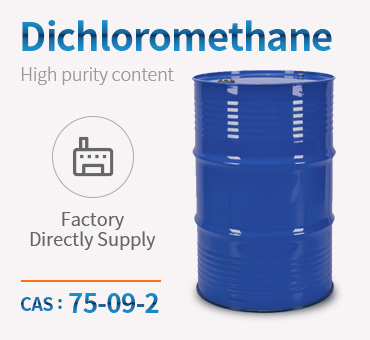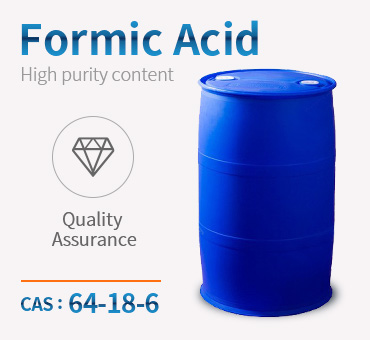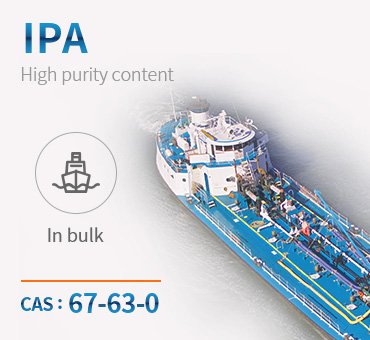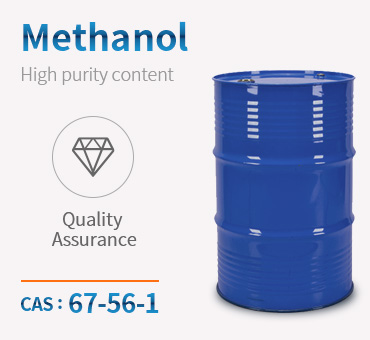professional factory for Methyl Methacrylate Raw Materials - Propylene Glycol CAS 57-55-6 China Best Price – Chemwin Detail:
Product Name:Propylene glycol
Molecular format:C3H8O2
CAS No:57-55-6
Product molecular structure:

Specification:
|
Item |
Unit |
Value |
|
Purity |
% |
99.5 min |
|
Color |
APHA |
10max |
|
Water Content |
% |
0.05max |
|
Appearance |
- |
Colorless transparent liquid,less smell |
Chemical Properties:
Propylene glycol is scientifically named as “1,2-propanediol”, and has a chemical formula of CH3CHOHCH2OH and a molecular weight of 76.10. There is a chiral carbon atom in the molecule. Its racemate is a hygroscopic viscous liquid and is slightly spicy. It has a specific gravity of 1.036 (25/4 °C), a freezing point of-59 °C, and a boiling point of 188.2 °C, respectively 83.2 °C (1,333 Pa). It is miscible with water, acetone, ethyl acetate and chloroform, and is soluble in ether. It is soluble in many essential oils, but is not miscible with petroleum ether and paraffin oil. It is relatively stable to heat and light, and is more stable at low temperatures. Its L-isomer has a boiling point of 187 to 189 °C and a specific optical rotation [α] of D20-15.0°. It can be oxidized at high temperatures to propionaldehyde, lactic acid, pyruvic acid and acetic acid.
Propylene glycol is a diol having the general nature of the alcohol. It can react with inorganic and organic acids to generate mono-or di-esters. It reacts with propylene oxide to generate ether, with hydrogen halide to generate halohydrin, and with acetaldehyde to generate methyl dioxolane.
Application:
Propylene glycol is used for similar applications as other glycols.
Propylene glycol is an important raw material for unsaturated polyester, epoxy resin, and polyurethane resin. The use amount in this area accounts for about 45% of the total consumption of propylene glycol. Such unsaturated polyester is used extensively for reinforced plastics and surface coatings. Propylene glycol is excellent in viscosity and hygroscopicity and is non-toxic, and thus is widely used as hygroscopic agent, antifreeze, lubricants and solvents in the food, pharmaceutical and cosmetic industry. In the food industry, propylene glycol reacts with fatty acid to give propylene ester of fatty acids, and is mainly used as food emulsifier; Propylene glycol is a good solvent for flavorings and pigments. Propylene glycol is commonly used as solvents, softeners and excipients, etc. in the pharmaceutical industry for the manufacture of various types of ointments and salves. Propylene glycol is also used as a solvent and a softener for cosmetic since it has good mutual solubility with various spices. Propylene glycol is also used as tobacco moisturizing agents, antifungal agents, food processing equipment lubricants and solvents for food marking ink. Aqueous solution of propylene glycol is an effective anti-freeze agent.
Product detail pictures:
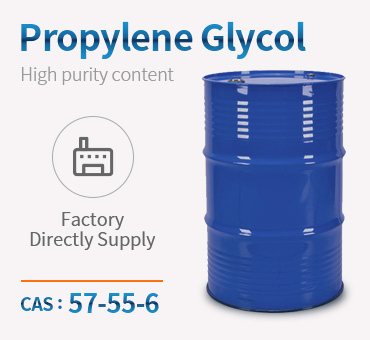
Related Product Guide:
We're commitment to offer you the aggressive cost ,superb products and solutions top quality, too as fast delivery for professional factory for Methyl Methacrylate Raw Materials - Propylene Glycol CAS 57-55-6 China Best Price – Chemwin , The product will supply to all over the world, such as: Swaziland, Germany, Adelaide, We strive for excellence, constant improvement and innovation, is committed to make us the customer trust and the first choice of engineering machinery accessories brand suppliers. Choose us, sharing a win-win situation!
Production management mechanism is completed, quality is guaranteed, high credibility and service let the cooperation is easy, perfect!
Products categories
-

Phone
-

E-mail
-

Whatsapp
-

Top


